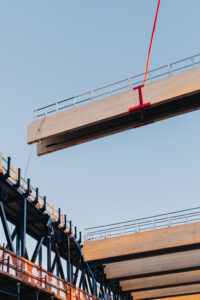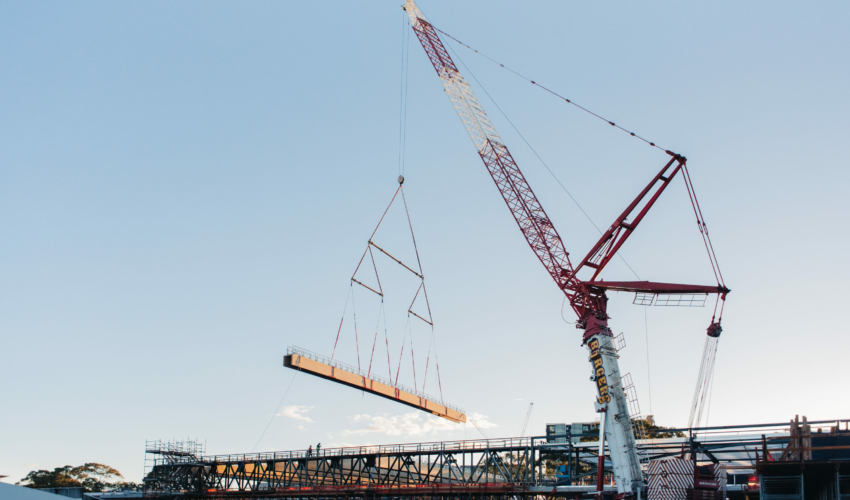
The advantages of collaboration in the construction industry—or Early Contractor Involvement (ECI)—can’t be stressed strongly enough, particularly in today’s competitive market with its issues of supply chain disruption.
Techlam has seen the benefits of this collaboration over the years, and never more so than now, says Brett Hamilton, Managing Director of Techlam, a specialist structural glulam manufacturing company.
“It has always been advantageous for architects, engineers, construction companies and clients to sit down together with us at the beginning of the design process and discuss the manufacturability and buildability of the design. If we can resolve these details up front, before the architectural and engineering design is complete, and before the project goes out to tender, it saves a lot of time and money in the long run.
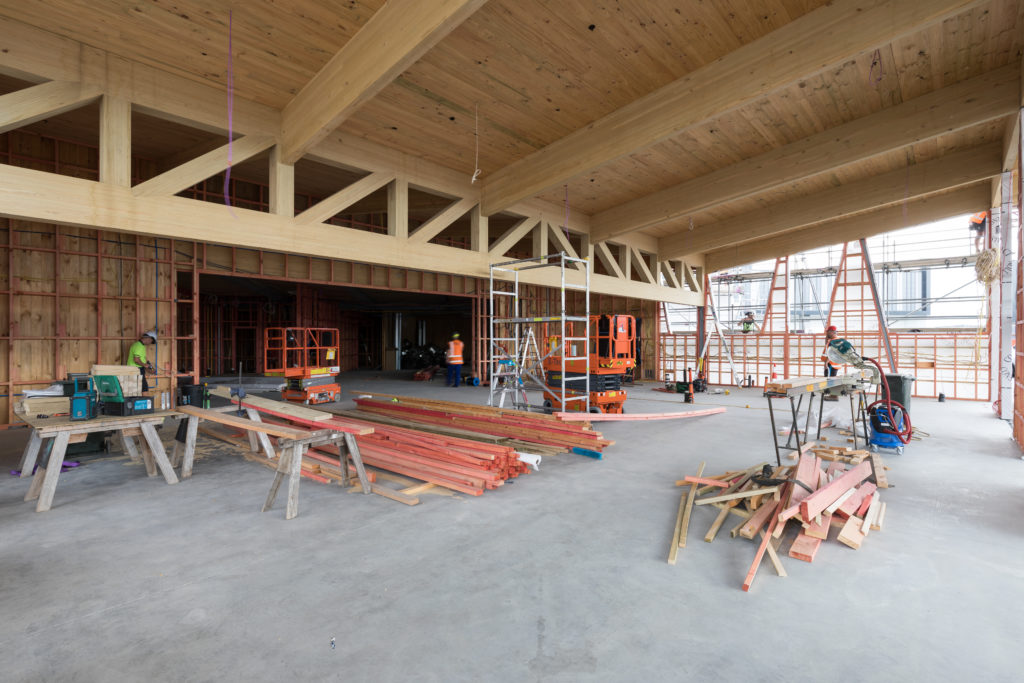
“It prevents all the delays that arise when tenderers have to interpret incomplete designs and builders run into trouble on site when unexpected questions and delays occur, leading to changes having to be made during construction. ECI makes for a seamless, trouble-free site process—with all the associated time and cost savings that result.”
More than ever, says Brett, it is important because of current issues this country is experiencing with its supply chains.
Techlam: ECI keeps construction sites on schedule
“If the design details for a project are resolved early on, then materials—like our glulam beams—can be ordered well in advance of when they are going to be required on site. At the moment, lead times are often double or more what they were a year or two ago and a hold-up for that length of time can create scheduling problems, adding significant costs to a project in terms of time lost while builders and subbies wait for deliveries.”
As part of the Early Contractor Involvement programme, Techlam’s experienced team of structural and mass-timber design engineers is available to work with designers and consultants, advising and collaborating to iron out any potential problems in the pre-design stages of both commercial and residential projects.
“Routinely, our team creates up a 3-D model of the structure and finds any problems before they become issues so that changes can be made at a very early stage,” says Brett.
“With ECI, a client can expect to spend a bit extra upfront on consultancy, but because problems are resolved long before they get to site, you will create savings over the whole project of around 10 per cent of its overall value.
Techlam: the sustainable construction solution
Techlam’s speciality—prefabricated, structural glulaminated timber—helps to reduce on-site construction waste. Fewer tools are required, coupled with less labour and reduced time on site help keep construction sites tidy and ensure that any wastage can be disposed of responsibly. As well as being an efficient building material, glulaminated timber, made from locally grown radiata pine, has a positive environmental impact by storing carbon throughout its life and improving the wellbeing of the people living or working in timber structures.
Recently, Techlam supplied its engineered timber to Green School New Zealand. This project was designed using the most sustainable and innovative materials with minimal waste. Most classrooms were constructed from sustainably milled timber, with products supplied to the site packaged in fully recyclable timber wrapping. Prefabricating all components ensured minimal time and wastage on site.
Project stakeholders ensured the environmental impact was minimised, from the timber treatment right through to the packaging, creating a sustainable structure that will benefit students for many years to come.
With continuing innovations in mass timber, like the production of engineered products such as Glulam, CLT and LVL, carbon-neutral construction is much more achievable. When trees are harvested and replaced, mass timber can sequester more carbon during their growth than the amount emitted in the manufacture, transport and construction stages. As long as that engineered timber remains in use, it infinitely sequesters carbon.
Glulam can be used successfully in commercial and residential projects, mid-rise and high-rise structures and it can be efficiently designed to be fire-resistant and fast to assemble. This is also a very durable product when protected from water, insect, or fungal infiltration. To be reusable, timber members should be assembled with removable fasteners.
Techlam glulaminated products are manufactured in Levin and supplied to building sites throughout New Zealand and the wider Pacific on projects as varied as Wellington International Airport, the Hutt Valley Health Hub, Aro Ha Wellness Retreat, the Hornby Club in Christchurch, and Plantation Island and Lomani Island Resorts in Fiji.
Learn more about collaborating with Techlam on your next commercial or residential project.
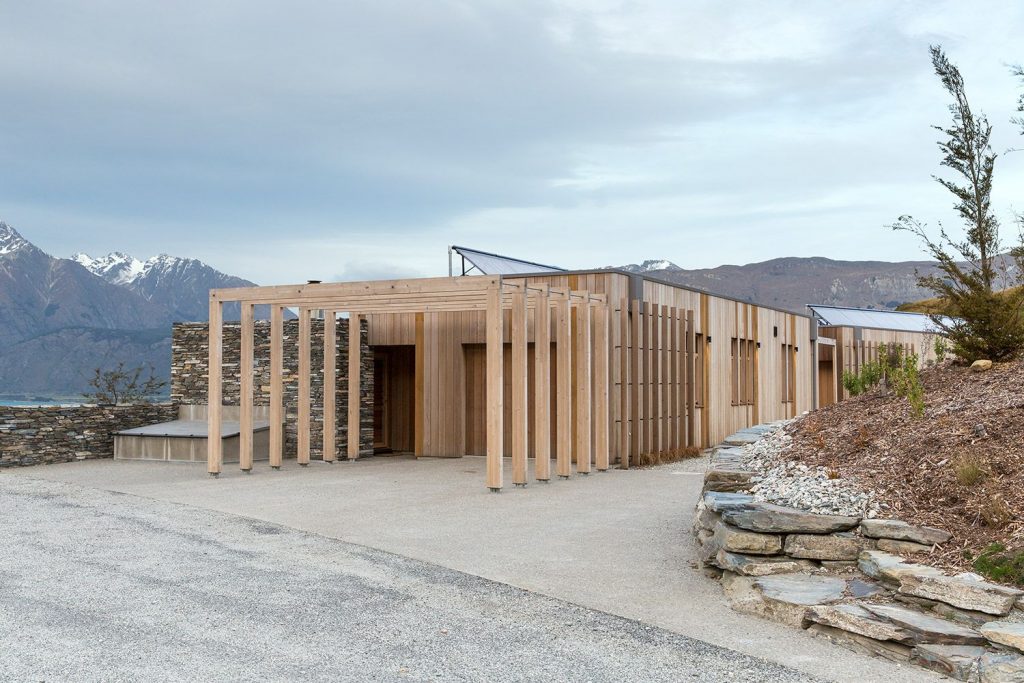
Aro Ha Wellness Retreat
Words by ArchiPro Editorial Team


